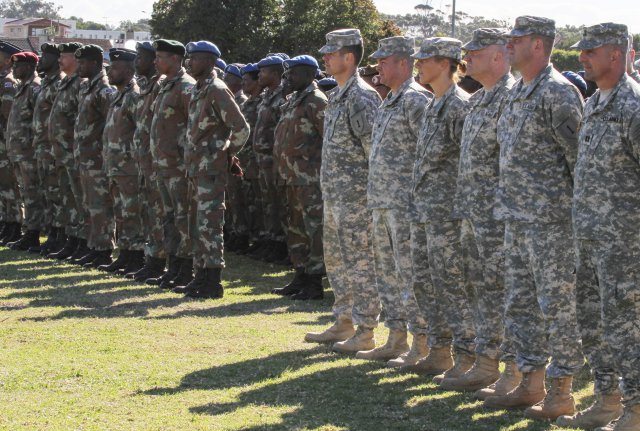The bid of startup company, AVX Aircraft Corporation, took many by surprise when it announced plans to participate in the Joint Multi-Role (JMR) predecessor to the Future Vertical Lift (FVL) program. The newly formed company has sky-high hopes of being selected to build technology demonstrators and eventually win the JMR/FVL program. AVX is against the heavyweights of the U.S. defense industry like Boeing, Bell, and Sikorsky. If successful, AVX could pull-off one of the biggest upsets in defense military history.
Founded by former Bell employees, AVX is a new competitor in the fierce JMR/FVL program looking to replace overtime a wide variety of helicopters like the UH-60 Black Hawk, AH-64 Apache, CH-47 Chinook, and OH-58D Kiowa. The appearance of a startup aircraft company in the JMR/FVL program came as a shock to many, not only because of the technological demands requested by U.S. Army, but more importantly because it will define U.S. forces lift capabilities for decades to come.
AVX’s vision of the next generation transport helicopter to replace the Blackhawk is a compact coaxial-rotor/ducted-fan concept. It’s made up of counter rotating rotors on top and twin ducted-fans in the rear of the aircraft, which eliminates the necessity of a tail rotor. The coaxial-rotors creates lift, while the fans provide forward thrust to reach the 230 knots require by the U.S. Army. The concept also has small wings in the front of the aircraft that create additional lift. Another important feature is the is the presence of a rear ramp for fast on-load/off-load. The rear ramp is a no-brainer feature that none of the concepts presented by well-established competitors appear to possess.
AVX’s coaxial-rotor/ducted-fan concept increases efficiency in all aspects of flight, while reducing vibration. The aircraft will weight 27,000lb (12,000kg), lift 13,000lb (5.900kg), and carry 12 combat troops plus 4 crew members. The defense establishment has presented their own proposals that vary from a single propulsion system such as a tilt-rotor derivative to coaxial-rotors and open propulsors.
Out of all JMR concepts presented by the competing parties, none look as complete, practical, futuristic, and ready as AVX’s aircraft. It is thrilling to see how new ideas broad by a startup aircraft company, few people ever heard before, will stack-up against the arrogance of the U.S. defense establishment.
Skeptics might argue that an aircraft startup company cannot possibly compete in the JMR/FVL program considering the inexperience of AVX and technological challenges. However, startups can work in highly competitive, engineering intensive fields. In the United States, Tesla Motors an all electrical car manufacturer and SpaceX a space transportation company, both founded by South African entrepreneur Elon Musk have enjoy considerable success in their respective technological complex industries.
In fact, AVX has made progress in the JMR/FVL program. Recently AVX, Bell and Boeing/Sikorsky team proposal have been invited by the U.S. Army to negotiate technology investment to build flight demonstrators. However, AVX faces many risks: budget cuts, cost overruns, schedule delays and competitor takeover. The most ironical buyer could be Bell, since AVX was founded by former Bell employees.
Competition cleans out inefficiency and incompetence, and the U.S. defense establishment is in need of it. It is quite astonishing that startup AVX is willing to go head-to-head and challenge the powerful defense establishment in such a significant acquisition program. Unfazed and defiant in their ambitions to upset the defense establishment, AVX is confident in their concept capabilities. But if they do win the JMR/FVL program, it could possibly mean partnering with Boeing, Bell or Sikorsky; and in some way becoming part of the defense establishment themselves.









